With Singapore celebrating her 60th year of independence, we take a trip down memory lane to discover some interesting trivia about the country.
Modern Singapore may be a sleek metropolis, but just a few decades ago, the country was vastly different.
In the 60 years since independence, Singapore has come a long way and developed at an astonishing pace — so much so that many of us have forgotten many historical facts about the country. To honour SG60, we revisit history to bring you some interesting, long-forgotten facts about the city-state.
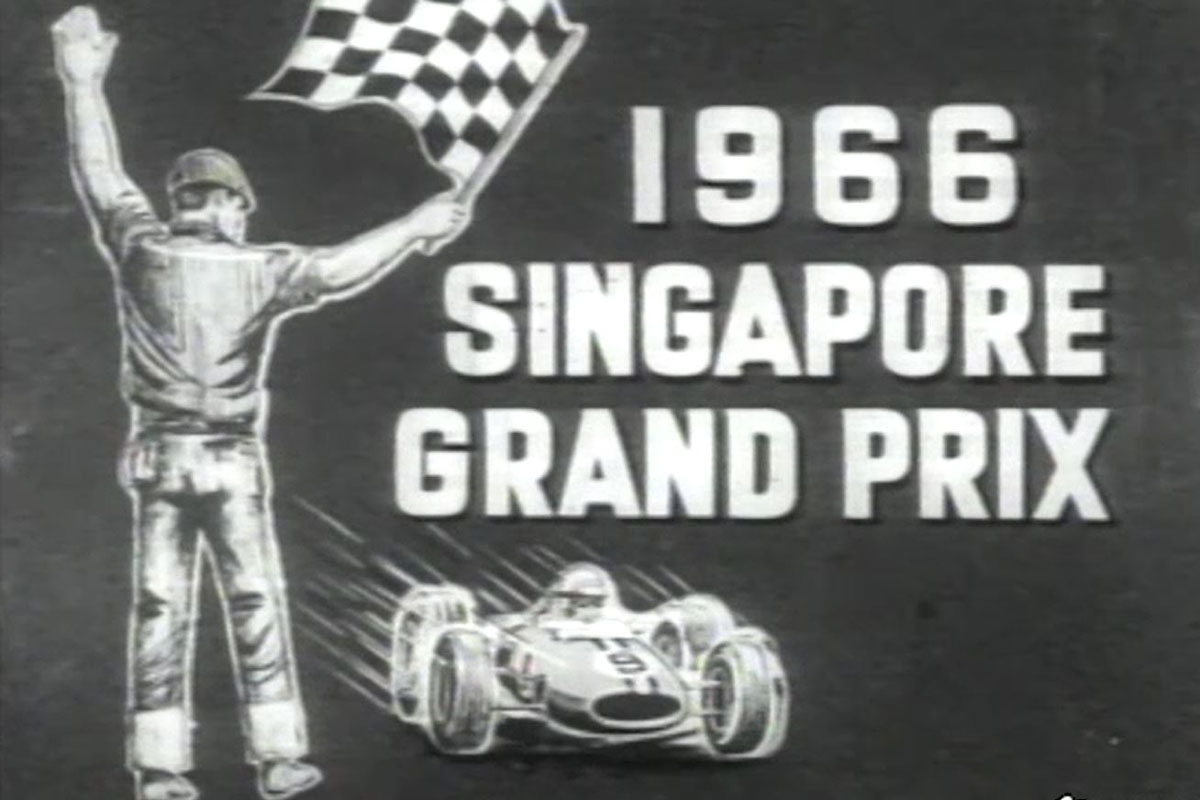
1) Thomson Road used to be a Grand Prix battleground
Despite common belief, the annual Singapore Grand Prix did not start in 2008. The first Grand Prix race in Singapore was, in fact, held in 1961 at Thomson Road and was officially known as the Orient Year Grand Prix. From 1962 to 1965, the race was known as the Malaysia Grand Prix. After Singapore’s successful bid for independence, it was officially renamed the Singapore Grand Prix.
The Singapore Grand Prix delivered adrenaline rushes to gearheads from 1966 to 1973 at the Upper Thomson Road circuit. Its first edition saw the celebrated victory of Singaporean Lee Han Seng with a Lotus 22 race car.
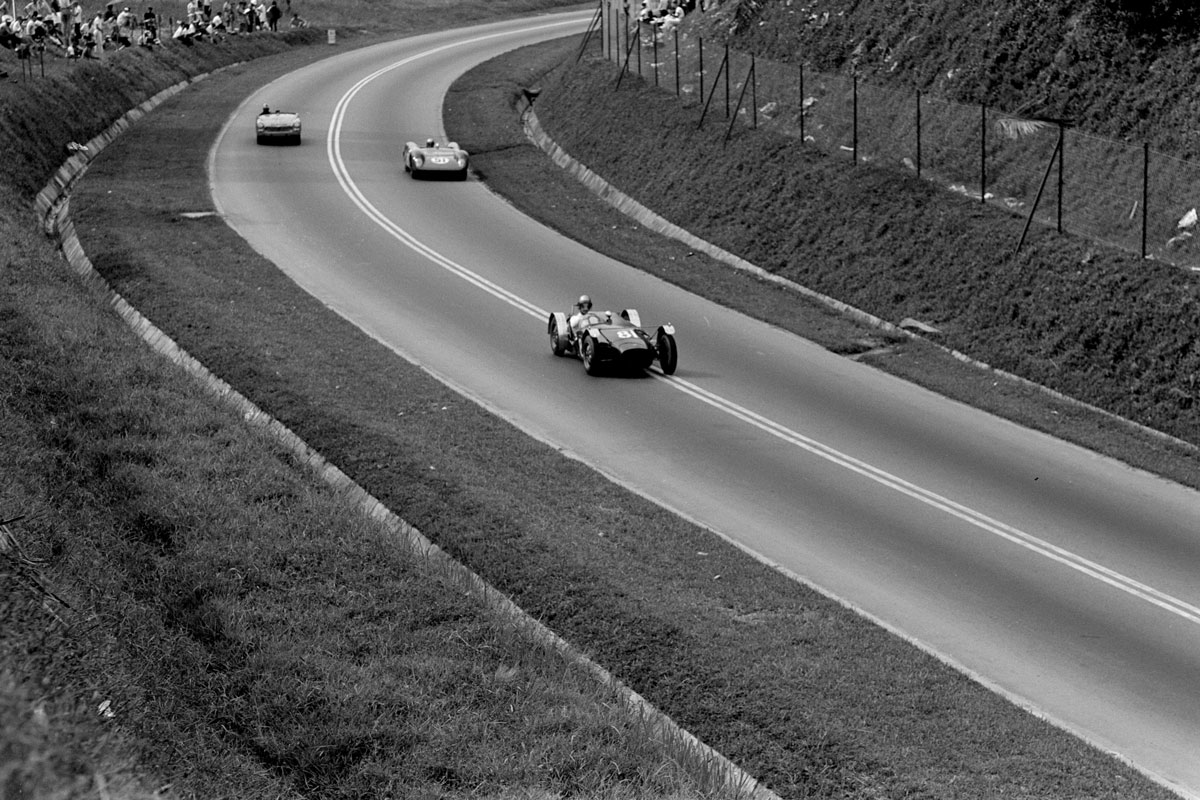
Since then, the old circuit layout has been incorporated into Thomson Nature Park, while the annual Marina Bay racing event has become a crucial part of Singapore’s tourism economy. But if you want to witness the old Singapore Grand Prix days, tune in to Tourism in 1960s Singapore, which dedicates an episode to the Grand Prix’s historic year of 1966.
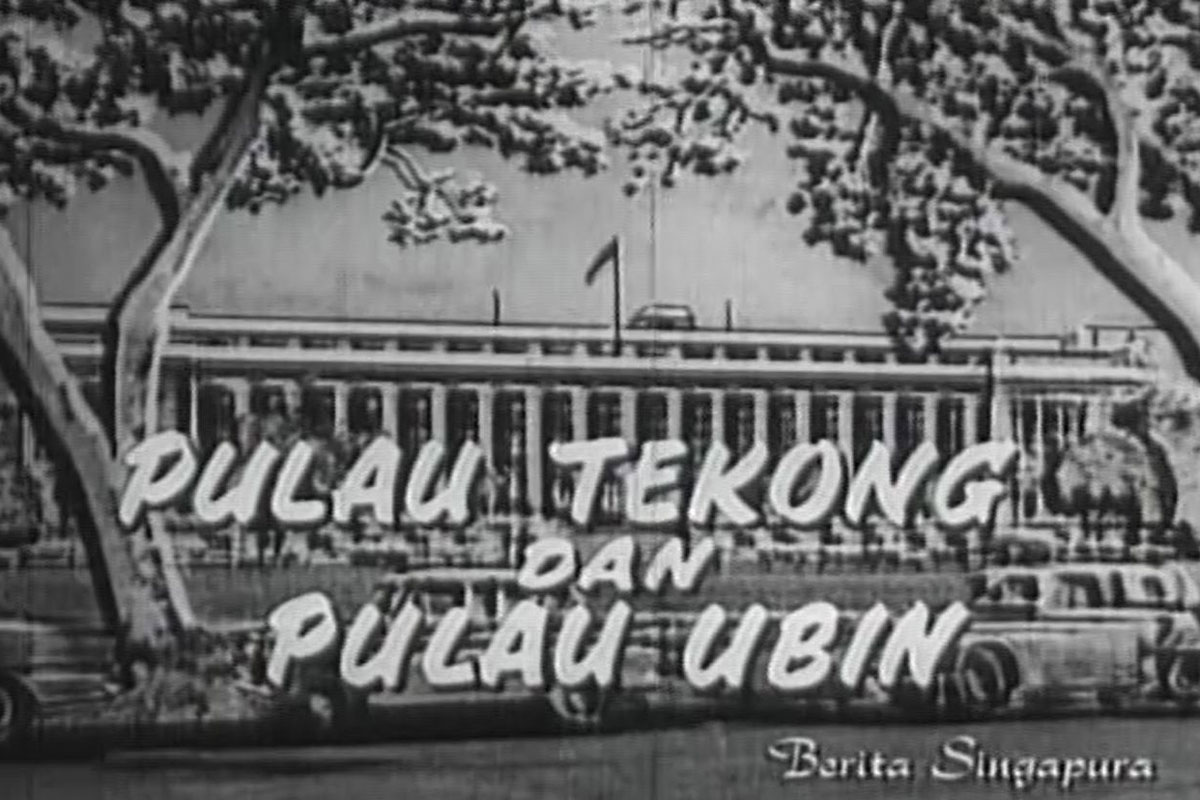
2) Pulau Tekong was once home to bustling migrant communities, even during World War II
These days, Pulau Tekong is the predetermined spot for most of Singapore’s young men to undergo national military service. In the past, however, it was home to migrant communities who thrived as Singapore entered the 20th century; many of them also survived the harsh conditions of the Japanese occupation of World War II.
In an episode of Tourism in 1960s Singapore, it’s revealed how Singapore’s neighbouring islands, Pulau Tekong and Pulau Ubin, had their own bustling residential villages far away from the city. Migrants of Malay, Chinese, and Indian descent had settled there as far back as the 1850s (by the 1980s, Pulau Tekong’s population of 8,000 consisted mainly of Malays, with a few Teochews and Hakkas). In the process, villages had begun to specialise in agricultural and fishing produce, and this was later expanded, under colonial rule, to rubber and farm trade.
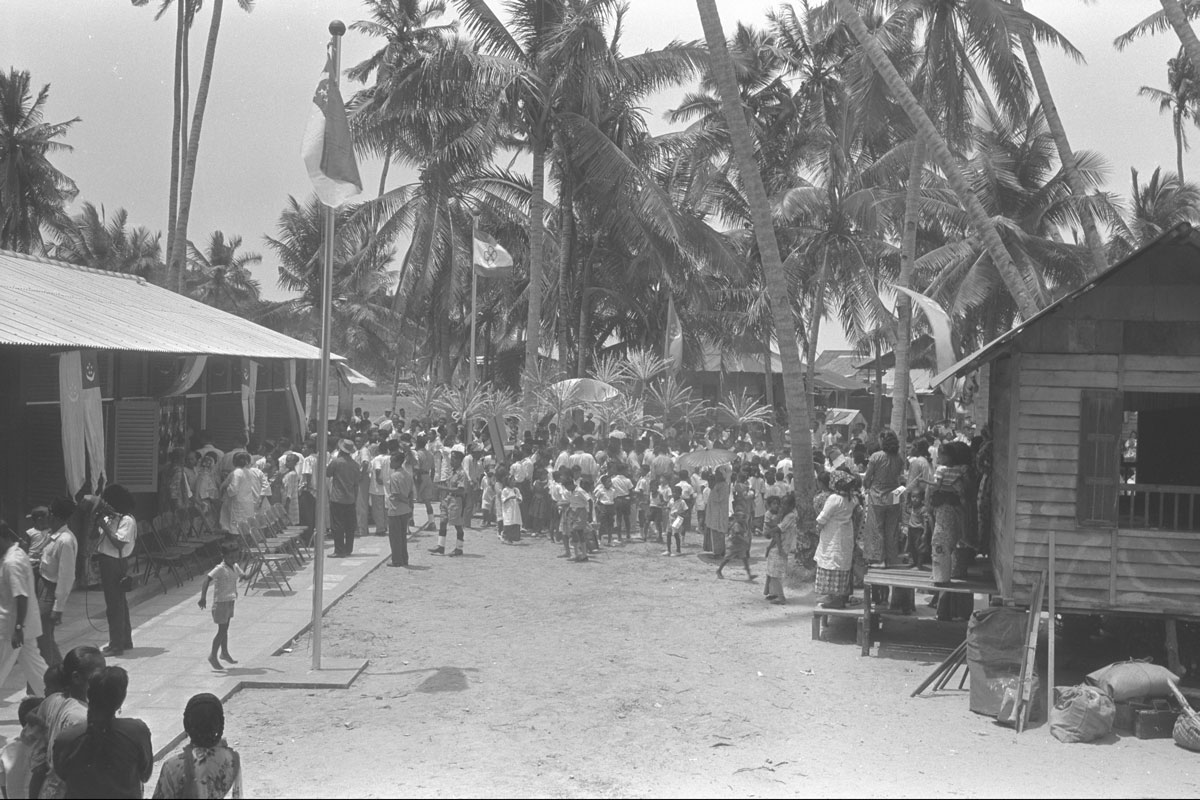
The Japanese occupation saw the seizure of the islands’ resources by invading forces, and its residents were turned into forced labourers. Decades after the war ended, the Singapore government mandated the migration of its 5,000-odd residents into Singapore’s mainland — and so began Pulau Tekong’s new life as a military base, along with the expansion of the country’s multi-racial neighbourhoods.
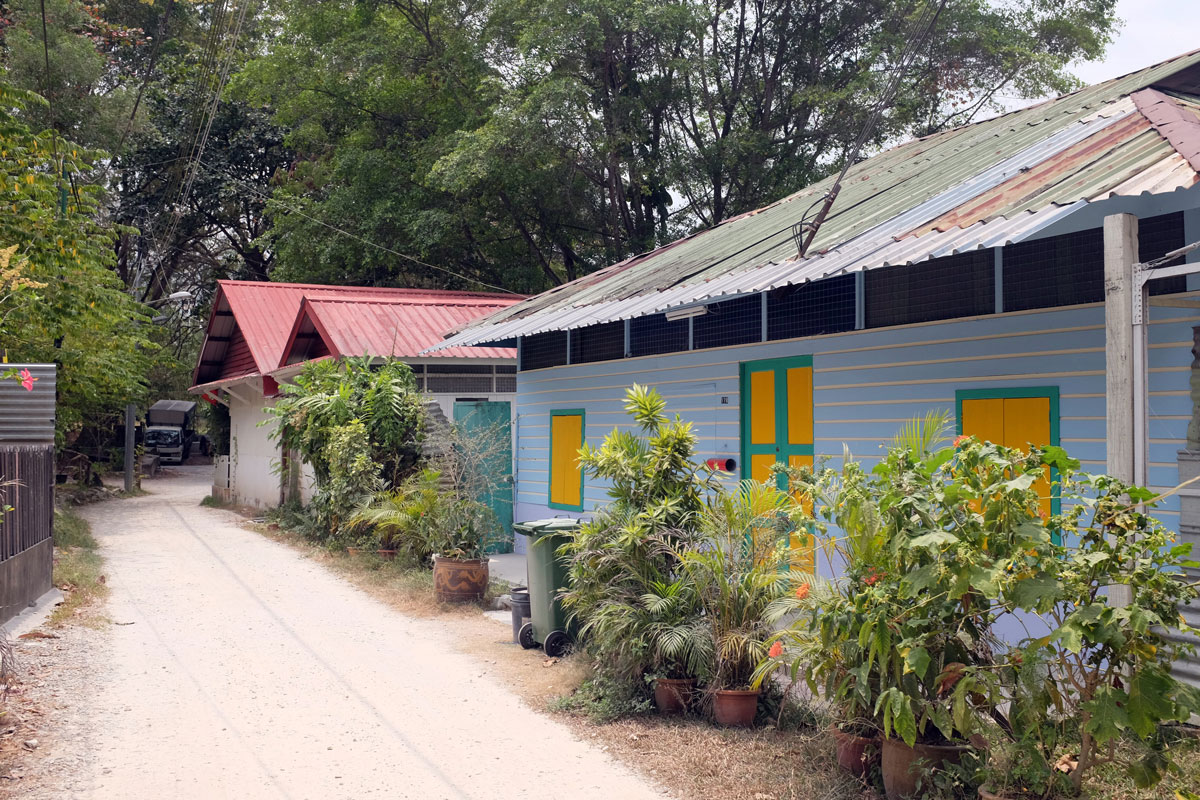
3) Out of all the kampung villages of Singapore’s past, only one remains today
Singapore’s development over the decades meant that its long-surviving kampungs — or traditional villages — have had to make way for new housing buildings.
Two decades after independence, Punggol stood tall as one of the last kampung refuges in Singapore. Today, only one kampung remains: Kampung Lorong Buangkok, which was built in 1956 along Sungei Punggol, a river that used to stretch through the kampungs of Punggol.
Thankfully, the handful of residents of Kampung Lorong Buangkok aren’t moving home anytime soon. Its current owner, Sng Mui Hong, told Channel NewsAsia in 2024 that she intended to preserve the land for future generations. Of the kampung’s many unique benefits, she quipped: “When my mood isn’t good, I can talk to [its] mango trees.”
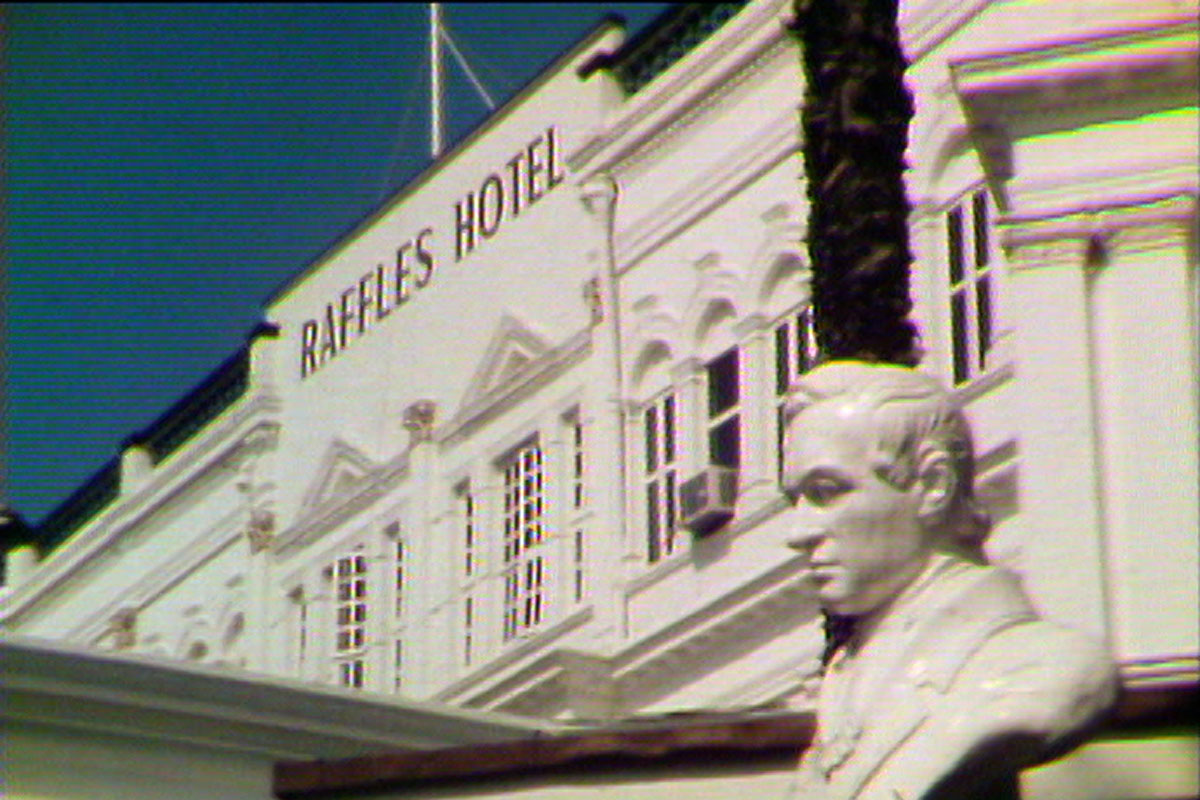
4) Raffles Hotel boasts many iconic personalities as its past guests
Singapore’s status as a cultural hotspot took decades to form, but a monumental, catalysing event for that development was the opening of Raffles Hotel in 1887.
Upon its inception, the luxurious building played host to a revolving door of distinguished guests for decades.
Raffles Hotel survived both the Great Depression — which caused the property’s founders, the Sarkies Brothers, to go bankrupt and forfeit the hotel — and the Japanese occupation. In the post-war 1950s, cultural icons were more interested than ever in visiting Singapore, and Raffles Hotel became a home away from home.
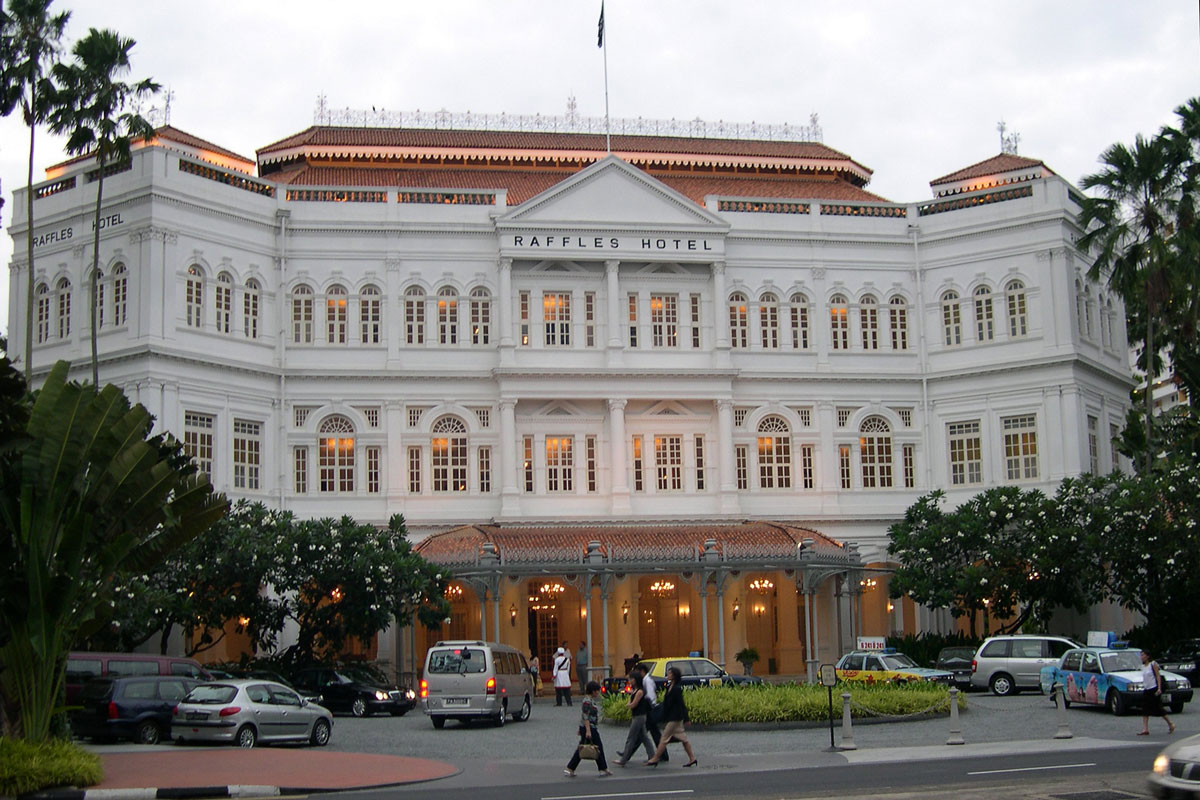
Before and after the war, this included the likes of writer Ernest Hemingway and film director Alfred Hitchcock, along with Hollywood royalty Charlie Chaplin, Ava Gardner, and Elizabeth Taylor, all of whom have had suites named after them in the hotel.
Raffles Hotel also played home to two of pop music’s biggest stars, David Bowie and Michael Jackson, during their historic visits in 1983 and 1993, respectively. Both artists performed massive concerts at the National Stadium — these events marked a significant shift in attitude towards pop music by the government, which had been notably conservative until then. Perhaps a booking at Raffles Hotel was all that was needed for a pop star to gain their trust.
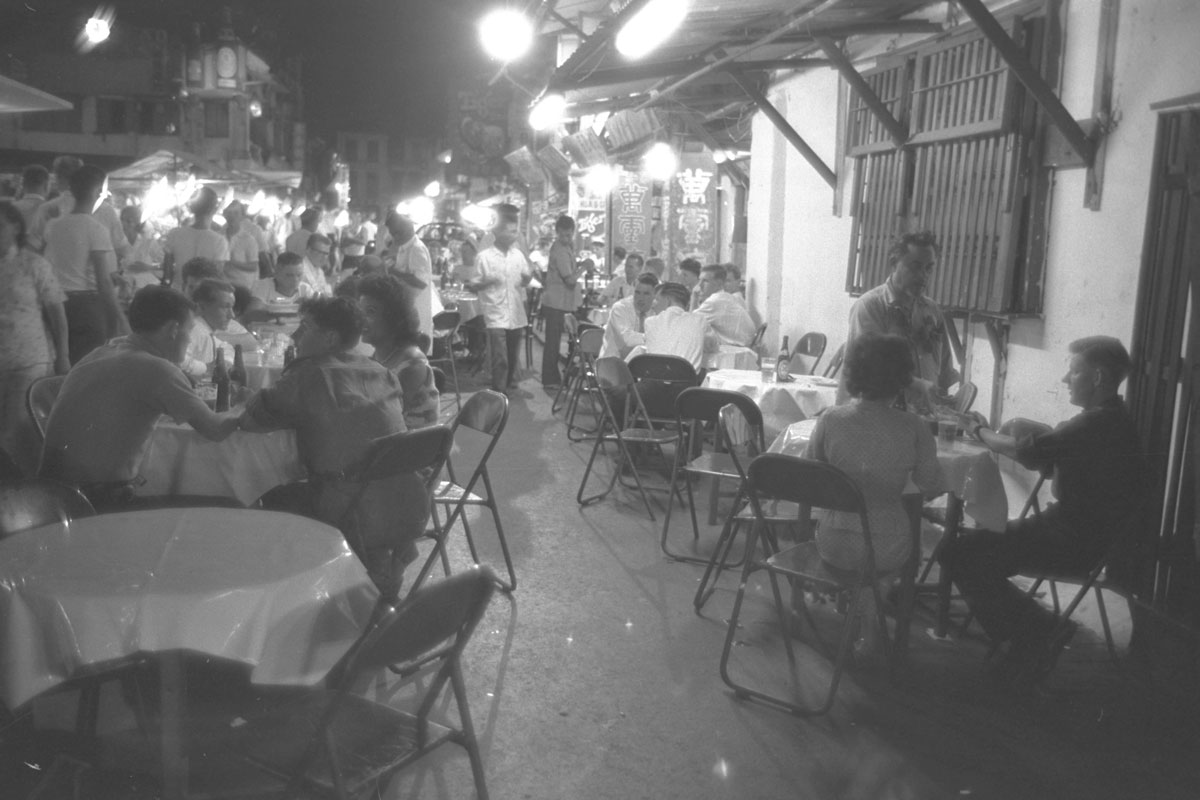
5) Bugis Street used to be an iconic (and colourful) party paradise
On Singapore’s reputation as a world-renowned business hub, Professor Tommy Koh says: “Your influence depends not just on how big your country is in the world but how good you are.”
Over the decades, this bit of wisdom has been applied to different areas of Singapore’s growth. And despite the country’s conservative norms, this has also included its nightlife scene.
From the 1950s to 1980s, what made Singapore an enduring party destination for tourists of a certain inclination — think sailors, bachelors, artists, and the like — was Bugis Street. The neighbourhood, boasting hawker delicacies and al fresco bars, was a lively playground for adults. Regulars here enjoyed the many offerings of the street, including the company of local transgender hostesses, who were, by most accounts, ravishing in appearance, charming by nature, and masterful at their job.
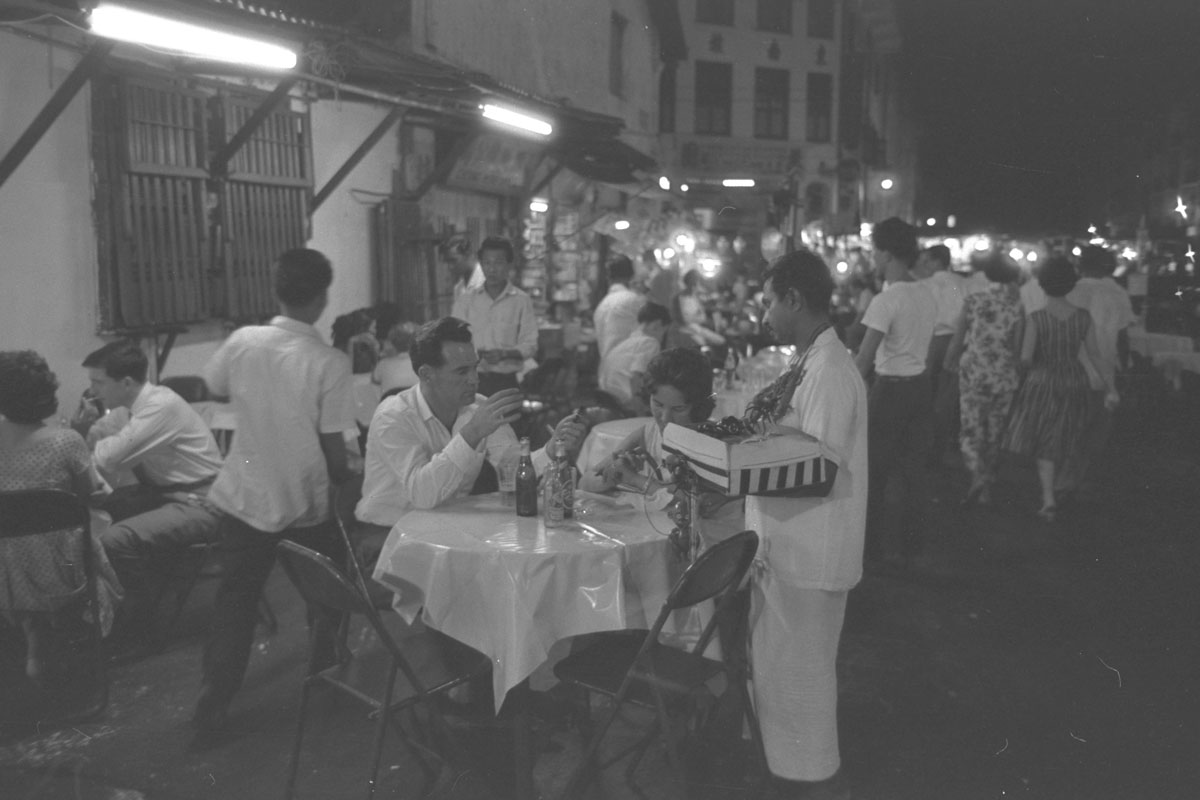
Their work involved entertaining these visitors, and it resulted in wild, all-nighter parties in the area that were extinguished once the 1980s arrived. By then, the government unveiled an urban redevelopment plan that swept the debauchery of the street under the rug. Now a shopping hotspot for tourists and locals alike, the legend of Bugis Street has been kept to the pages of history, while other nightlife districts such as Clarke Quay and Club Street have since grown in repute.
Fun fact: Bugis Street was the subject of the Leonard Cohen song “Boogie Street”, which was the nickname of the area given by its regular visitors. In a 2001 interview, Cohen revealed that during his visit to Bugis Street, he was amused to find bootleg copies of his albums for sale.
Images: Ministry of Information and the Arts Collection, Courtesy of the National Archives of Singapore, Flickr (Jnzl’s Photos), Wikimedia Commons.